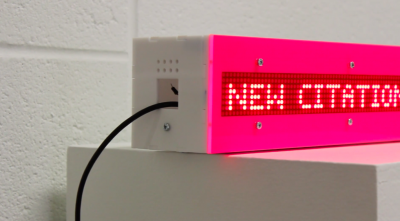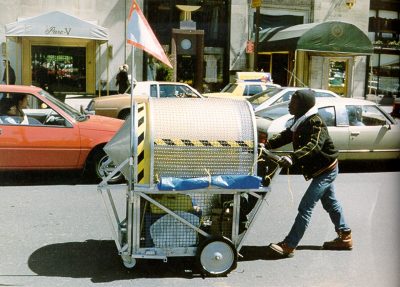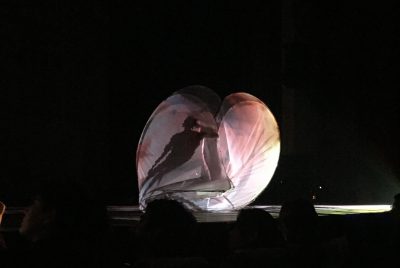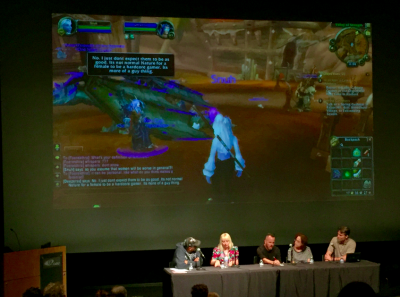
In February, some colleagues and I visited Biosphere 2—an absurd, failed experiment in the middle of the Sonoran Desert. What sort of experiment? Well, that’s hard to pin down. Depending on who you ask or how you want to frame it, Biosphere 2 could be a science experience, a social experience, a financial one, or maybe just an experiment in American hubris.
One of my colleagues on that trip to Arizona earlier this year, Avery Trufelman, recently released a podcast episode on the project as part of her new series on failed utopias. The Biosphere piece effectively chronicles the entire timeline of this absurd effort to recreate an Earth-like biosphere in three enclosed acres. Complete with ocean, rainforest, farm, desert, and—of course—living quarters, the Biosphere 2 was funded by the eccentric Ed Bass, ostensibly an easily distracted recipient of a trust fund. Under the direction of the equally idiosyncratic John P. Allen, Bass poured hundreds of millions into building this utopian vision in the early 90s.
The first time Allen and Bass collaborated was on a project called Synergia Ranch, a counter-cultural haven in the 70s and 80s. Members of the ranch, the Synergians, created a troupe called The Theater of All Possibilities and even built a seafaring ship—the Heraclitus—to carry them around as they acted out their visions for the future on stage. That’s the beginning of this whole mess. The end came after Steve Bannon (as Avery says, “yes—that Steve Bannon”) enacted a hostile takeover to remove Allen from the reigns and return control to Bass. For everything in between, I suggest you listen to the podcast.

I’ve written previously on this blog about my issues with the field of speculative design (of which I consider myself a participant), but this whole Biosphere 2 story is just too exemplary. Eight white people with little-to-no scientific background were put in a multi-million dollar enclosure for two years because they thought they could learn something (but what?) about how Earth works. The UV-protected glass killed the bees immediately, the exposed concrete sequestered carbon and oxygen, the air got thinner, the energy required to farm was greater than what the crops could provide, and the group split into two factions (who still don’t speak to each other to this day). Meanwhile, outside the dome, businessmen and bureaucrats wanted the experiment to be so successful—so real—that they censored reports coming from participants. And as the building—which, by the way, was powered by an external natural gas source—struggled to sustain human life, egotrips decimated any hope of a well-run project.
Nearly thirty years later, we have Jeff Bezos telling us he’ll build a colony on the Moon because Earth isn’t working out for him. Sci-Fi writers are being hired to advise the French military on future attacks and how to prepare for them. The same authors are consulting with multi-billion dollar enterprises. What are we doing here?
A few years ago, there was a comment thread on MoMA’s Design and Violence page that sparked a serious debate about the overtly privileged position of speculative designers. I think about that often and how well it sparked an important introspection among the field (a few of the participants in the thread have gone on to produce long-form scholarship inspired, in part, by the discussions happening there). But I also think about how little we’ve been able to change.
At the end of her series on utopias, Avery points to Foucauldian heterotopias as perhaps a way to envision future communities that are built with inclusion and justice. “Gathering communities,” she says, “means building heterotopias for the present while studying the past…Gathering community involved imagining a way to the future” She suggests that fiction is where we can “dismantle the hubristic imperialist ideal of what the perfect place is.” I think that sounds like a good start to me.
Gabi Schaffzin is a PhD candidate at UC San Diego.









